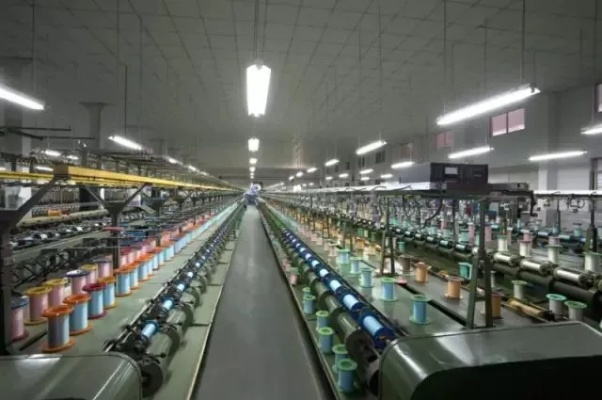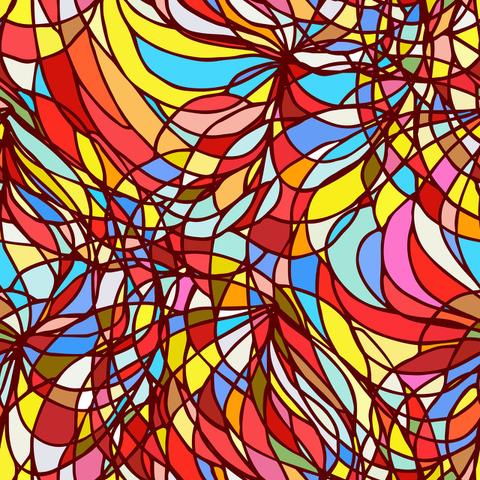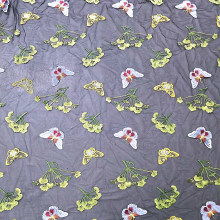Repurposing Textile Waste:A Sustainable Solution for a Green Future
The repurposing of textile waste has become a sustainable solution for a green future. Textile scraps, once considered useless, can now be transformed into innovative products that meet the needs of both individuals and industries, while reducing the environmental impact of waste management. This process involves various methods such as turning waste into energy or raw materials for new fabrics. The use of recycled materials not only reduces the demand for virgin fibers but also helps to conserve natural resources. In this way, textile waste is transformed into a valuable resource that contributes to a circular economy model, promoting economic sustainability and social responsibility.
In the world today, textile waste is not just a nuisance. It's a significant problem, and its management has become a crucial concern. As we strive to reduce our environmental footprint and promote sustainability, there's an opportunity to transform textile scrap into a valuable resource. In this article, we will explore the design principles behind a recycling system that repurposes textile scraps into innovative materials.

The concept of repurposing textile waste isn't a new idea; it's been around for centuries in various forms. Today, it has evolved into a sustainable solution for industries like fashion, construction, and even home goods. By utilizing recycled fibers, we create products that are both eco-friendly and economical.
The process begins with collecting textile scraps from various sources such as textile mills, textile recycling facilities, and individual households. These scraps can come in different forms, including cotton, polyester, nylon, and more. The collection process is crucial as it ensures the availability of raw materials for further processing.
Once collected, the scraps undergo a series of steps to be transformed into high-quality fibers suitable for use in various products. This includes cleaning, sorting, and decontaminating the textile scraps to remove contaminants like dirt, oil, and dye.
The cleaned scraps are then subjected to a chemical treatment process known as "regeneration." During this stage, the fibers undergo a chemical reaction that breaks down their molecular structure, making them easier to process further into usable materials. This process helps in removing any harmful chemicals or dyes from the fibers, ensuring they're safe for human consumption or use.
Once the fibers are ready to be processed, they are mixed with other raw materials to form a composite material. This composite material is then subjected to heat treatment, which converts the fibers into a solid form that can be molded into desired shapes.
The resulting product is often a durable and long-lasting material that can be used in various applications, such as building materials, furniture, clothing, or even household items. For example, the same textile scraps that would have otherwise gone to waste can now be turned into high-quality carpets or upholstery.
To make this system more efficient and cost-effective, several strategies can be employed. For instance, investing in advanced technology to automate the collection and processing stages can significantly reduce costs and improve efficiency. Additionally, implementing a closed-loop system where waste can be converted into valuable resources can minimize the need for new raw materials, further promoting sustainability.
Moreover, collaboration between industry players and government agencies can facilitate the development and promotion of such recycling systems. Governments can provide incentives for businesses to adopt these practices, while industry players can contribute by developing innovative technologies or sharing best practices.
Lastly, public awareness campaigns can play a vital role in encouraging people to recycle textile scraps. By raising awareness about the importance of textile waste reduction and repurposing, more individuals will be motivated to participate in the circular economy.
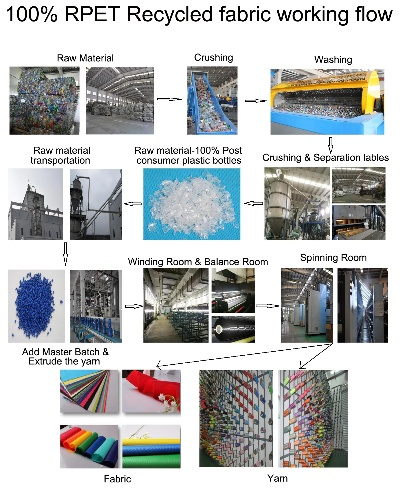
In conclusion, the repurposing of textile waste into innovative materials is a win-win solution for both the environment and society. By adopting a circular economy approach, we can reduce our dependence on non-renewable resources and promote sustainability. As we continue to develop this system, we can look forward to a brighter future where textile waste is no longer a problem but a source of endless possibilities for innovation and growth.
随着社会经济的快速发展,废旧纺织品回收与再利用已成为环境保护和资源循环利用的重要举措,本报告旨在探讨废旧纺织品利用体系的设计,通过案例分析、图表说明等方式,为相关企业和个人提供参考。
废旧纺织品现状分析
-
废旧纺织品来源及处理现状 废旧纺织品主要来源于家庭、工业生产、废弃物处理等领域,这些废旧纺织品经过分类后,大部分被送往专门的回收站进行回收处理。
-
废旧纺织品利用途径 废旧纺织品利用途径主要包括再生利用、再制造、艺术创作、捐赠等,再生利用是最常见的利用方式,包括纺织材料的回收、再加工成新的纺织品等。
废旧纺织品利用体系设计原则
-
环保优先原则 废旧纺织品利用体系设计应遵循环保原则,确保处理过程对环境的影响最小化。
-
市场化运作原则 废旧纺织品利用体系应具有市场化运作的特点,吸引更多的企业和个人参与。
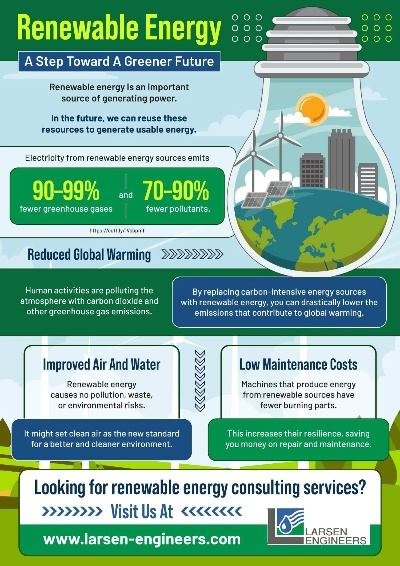
-
高效便捷原则 废旧纺织品利用体系应具备高效便捷的特点,提高资源利用率和回收效率。
废旧纺织品利用体系设计案例分析
某城市废旧纺织品回收与再利用项目 该城市设立了专门的废旧纺织品回收站,通过与再生资源企业合作,实现了废旧纺织品的集中回收和处理,该体系采用先进的再生利用技术,将废旧纺织品转化为新的纺织品,同时注重环保和可持续性,该体系还建立了完善的监管机制,确保处理过程的安全和合规。
某艺术创作工作室的废旧纺织品再利用项目 某艺术创作工作室采用艺术创作的方式,将废旧纺织品转化为艺术品,该工作室与专业的艺术创作企业合作,通过创意设计和工艺创新,将废旧纺织品转化为具有独特魅力的艺术品,该体系注重创意和个性化,提高了废旧纺织品的利用率和附加值。
废旧纺织品利用体系设计要点说明
- 分类回收:建立完善的废旧纺织品分类回收体系,确保回收过程的专业性和高效性。
- 再生加工:采用先进的再生加工技术,对废旧纺织品进行再加工,提高其利用率和附加值。
- 市场推广:通过宣传和教育活动,提高废旧纺织品利用体系的知名度和影响力,吸引更多的企业和个人参与。
- 监管机制:建立完善的监管机制,确保处理过程的安全和合规,同时为后续的监管提供依据。
废旧纺织品利用体系设计是环境保护和资源循环利用的重要举措,本报告通过案例分析和图表说明等方式,为相关企业和个人提供了参考,随着社会经济的快速发展和环保意识的提高,废旧纺织品利用体系将会得到更加广泛的应用和发展。
Articles related to the knowledge points of this article:
Empowering Textiles:Exploring the Fabric of Success in Cottons Heartland
The Story of Ningbo Yueli Textiles Limited
The Art of Textile Labels and Their Incredible Benefits for Customers
